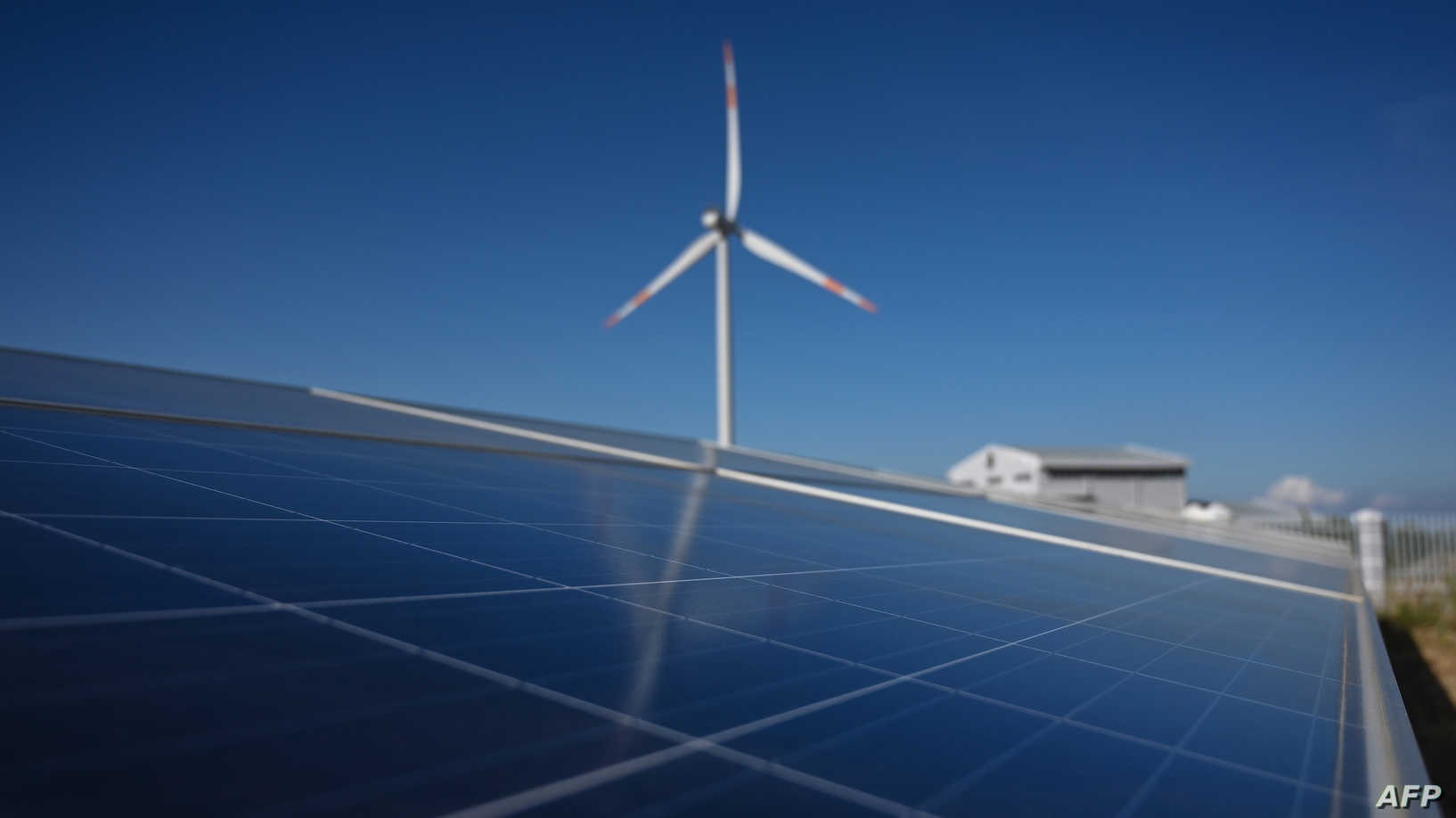
Vietnam surpasses Malaysia and Thailand to reach the largest installed capacity of solar power in Southeast Asia
Solar power is making a strong showing in Vietnam after years of shuttling from one extreme to the other, with the nation looking sometimes like it would revert to coal, and other times like it would invest in renewable energy.
By the end of last year Vietnam had surpassed Malaysia and Thailand to reach the largest installed capacity of solar power in Southeast Asia, with 44% of the total capacity, according to figures from Wood Mackenzie, a firm that sells consulting services in the energy industry.
The figures show that Vietnam is serious about solar power, an issue that had been up for debate for years. Solar supporters were encouraged to see the government offer a high feed in tariff (FIT), a fee pioneered in Germany to let solar panel owners sell power to the grid. This helped push Vietnam to reach 5.5 gigawatts of solar capacity last year.
Vietnam is also planning to construct more power plants fed with coal, casting doubt on the goal of more clean energy. Public resistance to coal appears to have shelved some of the construction, at least for now.
“FITs have proven to be an effective policy tool to induce rapid growth in renewables, and Vietnam’s build is another example of that,” Rishab Shrestha, a solar analyst at Wood Mackenzie, said. He added that “project economics will continue to remain attractive in large parts of Vietnam.”
Like other nations, Vietnam has yet to deal with some of the potential drawbacks of solar power, such as how to dispose of photo voltaic panels responsibly. The panels contain toxic chemicals like lead and cannot be recycled easily.
However solar and other renewable power, such as from wind, remains one of the cleanest options for Vietnam at the moment. It joins a growing global trend, from California, which enacted a law this year to require all new homes come with solar panels, to India, where railways are switching to solar power.
Next, Vietnam will have to decide how much it will pay for solar power. The tariff used to be more than nine U.S. cents per kilowatt hour but that price expired in June. Investors are waiting on a decision, which is being jointly prepared by three ministries, the Office of the Government, and the state power utility, according to Duane Morris Vietnam LLC, a law firm that advises clients on solar power. As part of the process, Vietnam Electricity, the state utility, sent a letter to the trade ministry with recommendations on how to set the tariff and who would be eligible.
“The submission letter is not very clear,” said Oliver Massmann, general director of Duane Morris Vietnam LLC, in a blog post.
However he predicts that the government will settle on a tariff of just over seven U.S. cents per kilowatt hour for ground-mounted solar power projects, and a slightly higher tariff for floating solar power projects. Vietnam is pushing investors to provide power more affordably as consumption needs rise in the fast-growing economy.
Source: https://www.voanews.com/science-health/vietnam-goes-big-solar-power



